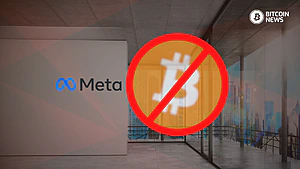The European Securities and Markets Authority (ESMA) has recently published its second consultation paper on the Markets in Crypto-assets (MiCA) framework.
On October 5, the European regulator ESMA released a 307-page document seeking stakeholders’ input on five areas of MiCA: distributed ledgers, inside information disclosures, whitepaper requirements, trade transparency, and record-keeping requirements for crypto-asset service providers (CASPs).
The European Regulator’s Proposals
Regarding sustainability indicators, ESMA listed quantitative metrics covering energy consumption, greenhouse gas emissions, and waste production. It also covered a qualitative assessment of how the equipment used by blockchain network nodes impacts natural resources.
ESMA recommends that CASPs disclose all the essential trading information, including pricing details, quantity, and transaction ID. It states:
“Regarding post-trade transparency, Article 76(10) requires trading platforms to make public the price, volume, and time of the transactions executed in respect of crypto assets traded on their trading platforms. They are required to make details of all such transactions public as close to real-time as technically possible.”
ESMA also suggests CASPs store transaction data in their preferred format, with the condition that they can convert it into a specified format if required by regulatory authorities.
It adds:
“ESMA identified the details to be kept of orders and transactions, being mindful that these are instrumental to NCA supervision of CASP’s compliance with MiCA requirements and obligations, including market abuse monitoring.”
Following the feedback received on the extensive document, the regulator intends to present a final paper, along with the draft technical standards, to the European Commission for endorsement by June 30, 2024. Before this, it will also issue a third and final consultation report in Q1 2024.

The second consultation comes as a follow-up to the initial consultation paper released in July. Notably, the latter set the stage by seeking public input on various aspects of MiCA, including definitions, registration requirements, and market surveillance.
About MiCA
The MiCA framework is a comprehensive regulatory proposal aimed at establishing a uniform set of regulations governing the issuance, trading, and custody of digital assets across the European Union.
The MiCA bill was published in the European Union’s Official Journal on June 9. The bill’s provisions are set to become effective on December 30, 2024.
The evolving MiCA framework exemplifies the increasing scrutiny and integration of digital assets into traditional financial markets. As Europe takes strides towards establishing clear regulatory guidelines, it sets a precedent for other regions to maintain a stable and sustainable digital asset ecosystem.











